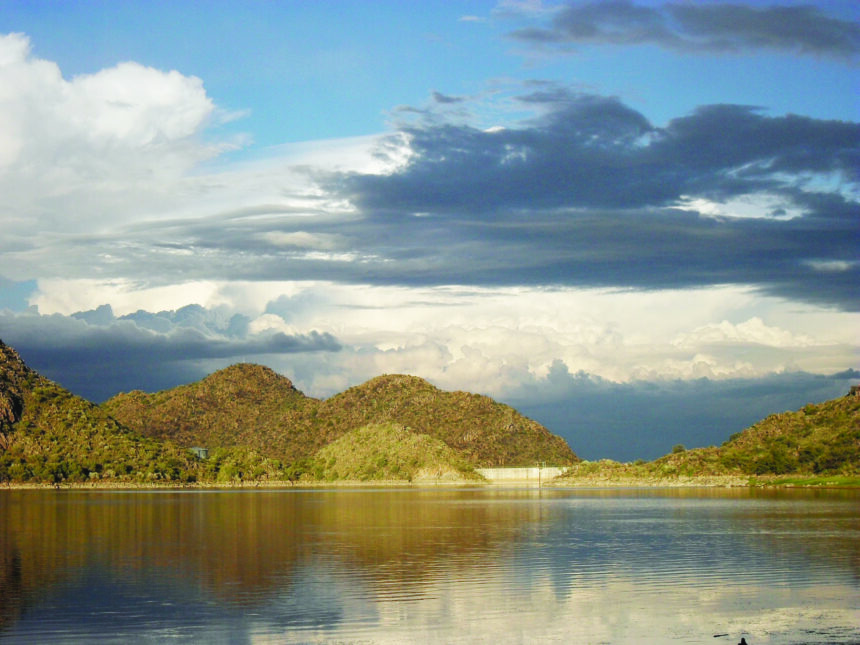Water rationing in Gobabis continues unabated as dam and borehole levels remain critically low, despite the recent rainfalls experienced across the Omaheke region.
Gobabis mayor Melba Tjozongoro shared that the municipality has resolved to continue with the water rationing process until the dam levels improve.
Operated by the country’s water utility NamWater, the Otjivero Dam is the main water source for Gobabis, and supplies the settlement of Omitara.
Dwindling water levels at the Otjivero Dam have since April last year left Gobabis in a precarious situation.
“We are dependent on dams supplying the municipality through NamWater, but the water levels have dropped significantly. Last year, it was at 1.9%, and now it stands at 1.3%. The situation remains dire,” Tjozongoro said.
The Otjivero, Daan and Tilda Viljoen dams operate as a sub-system, known as the Molopo sub-system, which allows them to supply the demands imposed upon them until the dams reach their respective minimum operating levels.
Water is first transferred from the Otjivero silt to the Otjivero main dam, which then tops up the two Viljoen dams before supplying to Gobabis.
There are also boreholes around the town which help supplement the three dams, but water levels have not been adequate to return supply to the town to normal levels.
Tjozongoro said while the municipality continues to monitor the situation as good rain is still being experienced across Omaheke, the water-rationing process will remain in place as earlier announced, and will be conducted daily between 04h00 and 21h00.
National water demand in 2015 was estimated at about 334 million cubic meters per year. It is projected to reach 583 and 772 million cubic meters per year between now and 2030.
About 98% and 91% of urban and rural populations of Namibia have access to potable water, and through various government efforts, integrated water resources’ management allows for the achievement of a sustainable water resources’ management regime.
-ohembapu@nepc.com.na


